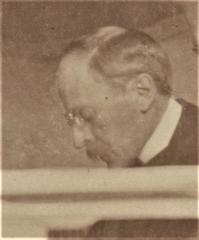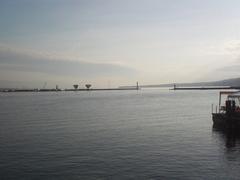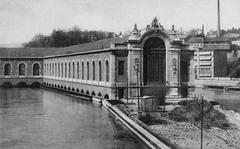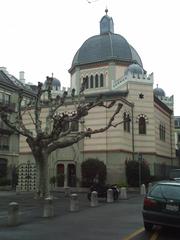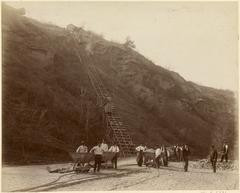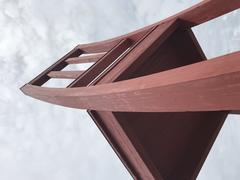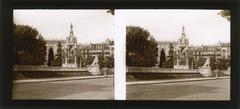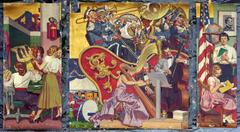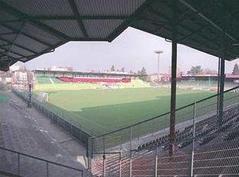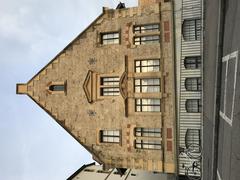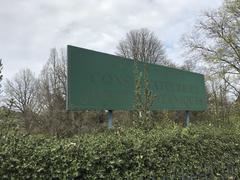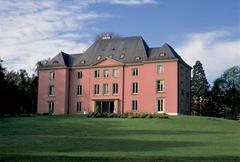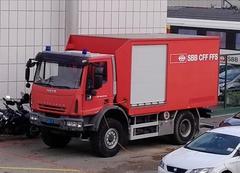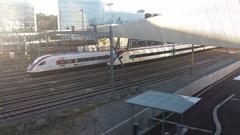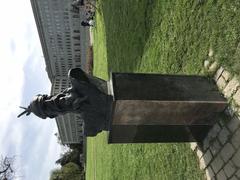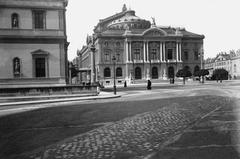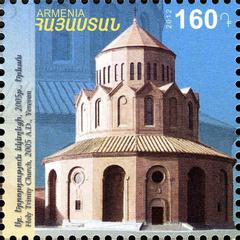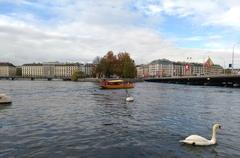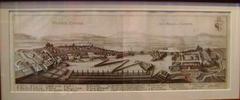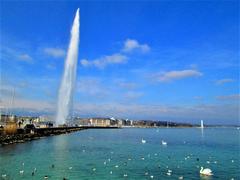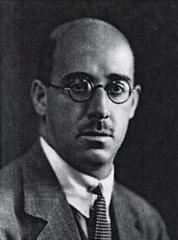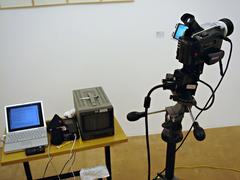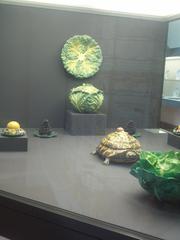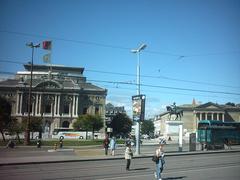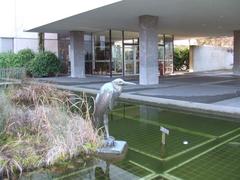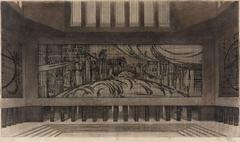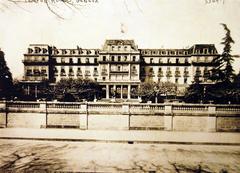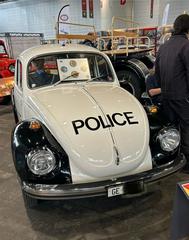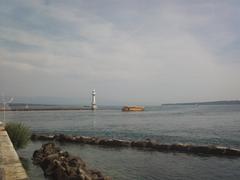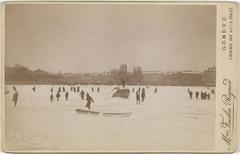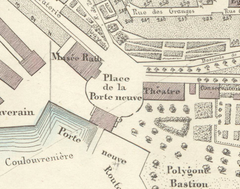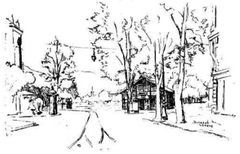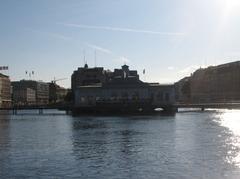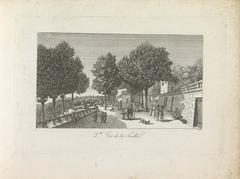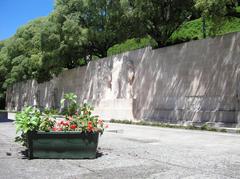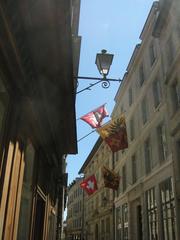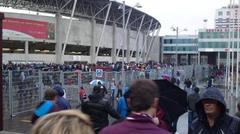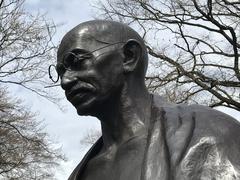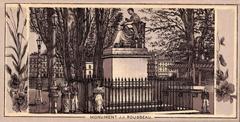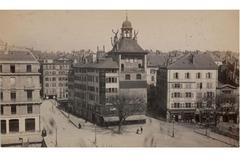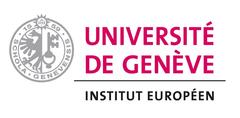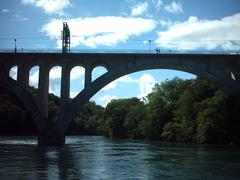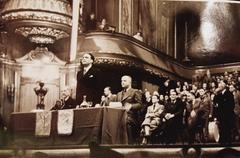Geneva Freeport Visiting Guide: Tickets, Hours, and Essential Tips
Date: 15/06/2025
Introduction
The Geneva Freeport—officially known as Port Franc de Genève—is a world-renowned, highly secure storage facility at the intersection of global finance, art, and international trade. Established in 1888 as a customs-free grain storage site, it has evolved into the world’s largest and most sophisticated freeport, spanning approximately 150,000 square meters near Geneva International Airport. Today, it serves as a discreet haven for high-value assets such as priceless artworks, precious metals, fine wines, and luxury collectibles. While its operations make it a magnet for collectors, museums, and financial institutions, the facility itself remains closed to the public, adding to its mystique and raising questions about transparency and access.
This guide explores the Geneva Freeport’s history, operations, controversies, and cultural significance, while providing practical advice for visitors interested in Geneva’s art and trade heritage. Though direct public access to the Freeport is restricted, understanding its role can enrich any exploration of Geneva.
For in-depth analysis, see Christian Baghai’s report on the Freeport’s history and controversy (Christian Baghai, 2023) and QWealthReport’s coverage of its operations and security (QWealthReport).
Table of Contents
- Historical Background and Evolution
- Controversies and Regulatory Responses
- Modern Structure and Operations
- Visitor Information and Related Attractions
- Frequently Asked Questions (FAQ)
- Cultural and Economic Significance
- Visual Media and Maps
- Summary and Final Recommendations
- Sources and Further Reading
Historical Background and Evolution
Origins and Early Development
Founded in 1888, the Geneva Freeport originally functioned as a grain silo and customs-exempt warehouse, capitalizing on Switzerland’s neutrality and Geneva’s strategic position as a European trading hub. Goods stored in the freeport were exempt from customs duties until entering the domestic market or being re-exported, providing important fiscal advantages (Christian Baghai, 2023).
Shift to Art and High-Value Storage
By the mid-20th century, the Freeport expanded near the airport, transitioning from agricultural storage to housing high-value assets like art, precious metals, and luxury collectibles. By the 2000s, it had become a global hub for art storage, with an estimated 1.2 million artworks and valuable items worth billions, including masterpieces by Picasso and Modigliani (QWealthReport).
Secrecy and Tax Advantages
The Geneva Freeport’s appeal lies in its combination of discretion and fiscal efficiency. Assets stored within remain exempt from Swiss taxes and VAT until they exit the facility, enabling owners to defer or avoid taxes and trade assets confidentially within Freeport walls (Christian Baghai, 2023).
Controversies and Regulatory Responses
High-Profile Cases
The Freeport’s secrecy and tax benefits have also made it a focus of international scrutiny. High-profile incidents—such as the seizure of Nazi-looted art, the “Bouvier Affair” involving disputed art transactions, and the discovery of stolen antiquities—have spurred concerns about money laundering, tax evasion, and the concealment of looted cultural property (Christian Baghai, 2023; Bosshunting).
Swiss and International Reforms
In response, Swiss authorities have enacted stricter regulations. These include:
- The Cultural Property Transfer Act (CPTA), requiring declarations of origin, ownership, and value for cultural property (Wikipedia).
- Mandatory inventories and owner identification since 2009.
- Enhanced client due diligence, biometric identification, and stricter vetting of clients to prevent illicit storage and trade (Artforum; Finews).
- Regular customs inspections and time limits on certain types of storage.
Despite these reforms, some critics argue that loopholes remain, particularly regarding shell companies and the opacity of stored assets (ItsArtLaw).
Modern Structure and Operations
Facility Design and Security
The Geneva Freeport covers about 150,000 square meters, divided into zones for art, precious metals, jewelry, and wine. It features:
- Climate-Controlled Vaults: To preserve artworks and antiques.
- High-Security Areas: For precious metals and jewelry, protected by biometric access, 24/7 surveillance, and armed guards.
- Wine Cellars: With optimal conditions for up to three million bottles.
- Private Showrooms and Offices: For viewings, business meetings, and temporary exhibitions (QWealthReport).
Operational Model
Operating as a free customs zone, goods are considered “in transit” and exempt from Swiss import duties and VAT. Clients include collectors, museums, galleries, dealers, and financial institutions. Services offered range from conservation and restoration to logistics, insurance, and secure shipping.
Regulatory Oversight
Swiss customs authorities maintain oversight, with regular audits and compliance checks. Enhanced transparency measures and periodic reforms aim to address concerns over illicit activity.
Visitor Information and Related Attractions
Can You Visit the Geneva Freeport?
No, the Geneva Freeport is not open to the public. Access is strictly limited to registered clients, authorized professionals, and, in rare cases, accredited journalists with advance approval. There are no public visiting hours or ticket sales (QWealthReport).
Alternative Experiences in Geneva
While you cannot tour the Freeport, you can explore Geneva’s vibrant cultural scene, which is closely linked to the Freeport’s activities:
- Musée d’Art et d’Histoire: Geneva’s premier art and history museum, open Tuesday to Sunday, 10am–6pm.
- Patek Philippe Museum: Celebrating fine watchmaking, open Tuesday to Saturday, 2pm–6pm.
- St. Pierre Cathedral and Old Town: Rich in history and architecture.
- Lake Geneva Promenade: Offers scenic views and leisure activities.
Guided city tours often provide context about the Freeport’s history and Geneva’s role in global art and finance (geneve.com).
Accessibility and Transport
The Freeport is located in the La Praille district near Geneva International Airport. While public access is not permitted, the area is served by tram (Line 15), several bus routes, and is near the Lancy-Pont-Rouge train station. Geneva’s public transport is accessible for visitors with reduced mobility (geneve.com).
Frequently Asked Questions (FAQ)
Q: Can tourists visit the Geneva Freeport?
A: No, access is restricted to authorized clients and professionals with appointments.
Q: Are there public tours or tickets to the Freeport?
A: There are no public tickets or tours. Occasionally, special professional tours are arranged for select groups.
Q: Where can I learn about Geneva’s art and trade history?
A: Museums like the Musée d’Art et d’Histoire and the Patek Philippe Museum offer public exhibitions and extensive collections.
Q: Are items from the Freeport ever exhibited?
A: Yes, artworks and collectibles stored at the Freeport are sometimes loaned to museums and international exhibitions.
Q: How does the Freeport ensure security?
A: Through advanced measures including biometric access, 24/7 surveillance, climate controls, and strict regulatory compliance.
Cultural and Economic Significance
The Geneva Freeport plays a pivotal role in Geneva’s identity as a global hub for wealth, culture, and commerce. It anchors an ecosystem that includes art restoration, insurance, logistics, and finance, supporting thousands of jobs and attracting collectors and investors from around the world (The Collector). However, its secrecy and tax benefits have also fueled debates about transparency, cultural heritage, and public access.
While the Freeport excels at protecting and preserving cultural treasures, the majority of items remain unseen by the public, leading to ongoing discussions about the responsibilities of private collectors versus the public good (The Swiss Times).
Visual Media and Maps
For images of the Geneva Freeport’s exterior and surrounding museums, visit Geneva’s official tourism website or explore interactive city maps (geneve.com).
Summary and Final Recommendations
The Geneva Freeport stands as a cornerstone of Geneva’s art, finance, and cultural heritage sectors. While its doors remain closed to the public, its influence is felt throughout the city’s museums, galleries, and cultural tours. For visitors, the best way to engage with Geneva’s unique art and trade story is to explore nearby institutions, join guided city walks, and make use of resources such as the free Geneva Transport Card for convenient travel. Those seeking deeper knowledge should consult authoritative articles and consider downloading the Audiala app for curated cultural experiences in Geneva.
For up-to-date visitor resources, see geneve.com and consider exploring our articles on Geneva’s museums and art scene.
Sources and Further Reading
- Geneva Freeport: History, Controversies, and Visitor Information, Christian Baghai (Christian Baghai, 2023)
- Geneva Freeport: Visiting Hours, Tickets, and Inside Look, QWealthReport (QWealthReport)
- Geneva Freeport: Economic Impact and Controversies, Bosshunting, Medium, The Collector, Finews, Wikipedia, Artforum, The Swiss Times, ItsArtLaw (Bosshunting), (Medium), (Wikipedia), (The Collector), (Finews), (Artforum), (The Swiss Times), (ItsArtLaw)
- Geneva Freeport Visitor Guide: Hours, Access & Nearby Attractions, Geneva Tourism (geneve.com)

